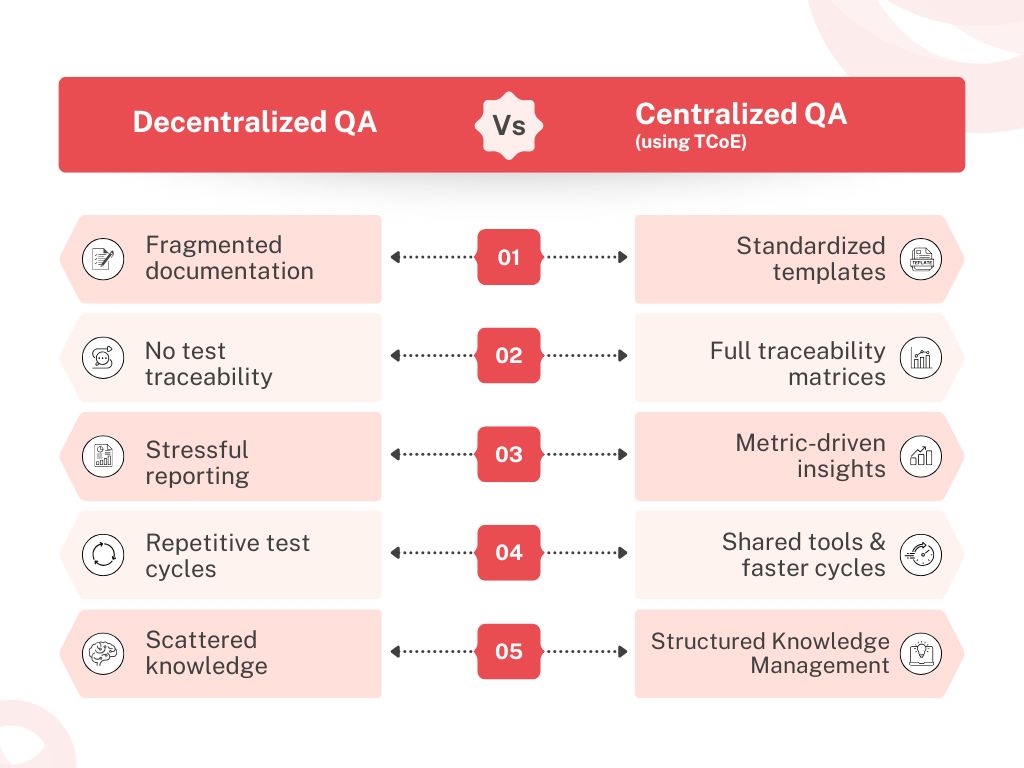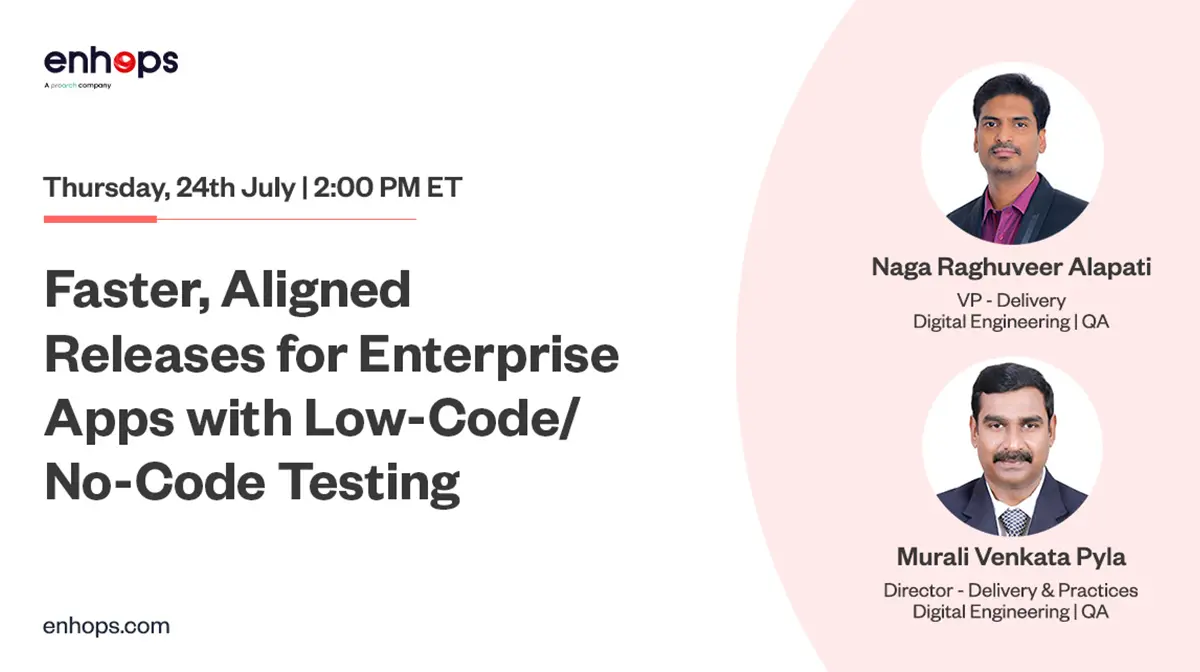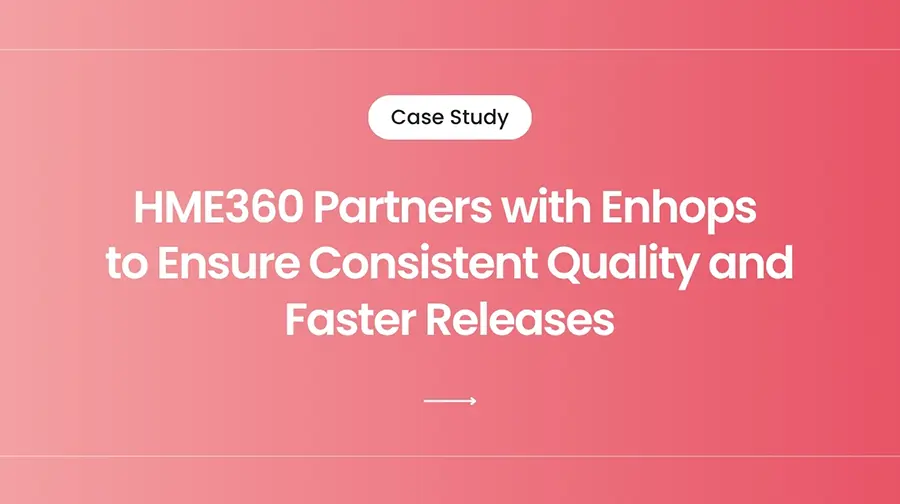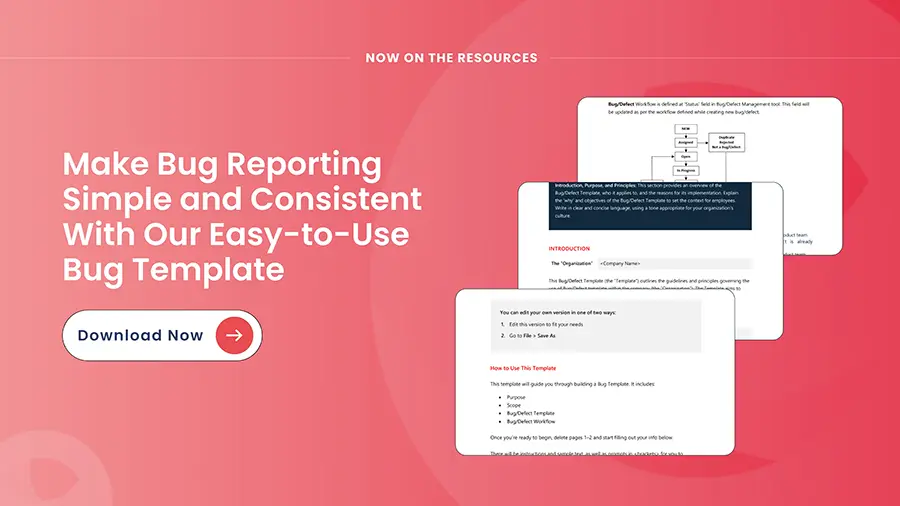Faster release cycles mean ability to develop and test at the same time. Nothing guarantees consistent high-quality releases, if testing is siloed and non-standardized.
Non-standardized testing means QA remains decentralized and QA teams use different templates, processes, and tools. Defect reports vary in detail, test plans lack traceability, and there’s no unified view of quality across the release lifecycle.
Here’s what that looks like in practice:
Scenario 1: One team logs defects with detailed steps and environment context. Another just writes “not working.” Some test cases are versioned and traceable; others live in someone’s inbox—not in a shared repository.
Scenario 2: A feature is marked “tested,” but no one can say which test cases cover it—or even whether they passed. Naming is inconsistent, and coverage is hard to prove.
These gaps aren’t just inconvenient—they’re expensive.
What happens next is quite predictable: misaligned teams, missed coverage, failed audits, and a QA practice that’s more reactive than strategic.
This is high-performing development teams are shifting from ad hoc QA practices to a centralized and standard way where every test case and every test metric is part of definition of “done.”
A Testing Center of Excellence (TCoE) helps in doing the same. It makes testing a centralized function that makes QA a shared responsibility across the organization.
This blog can serve as your practical blueprint to QA standardization through a TCoE:
- What gets standardized in a TCoE?
- How do you actually start standardizing?
- Core Templates That Make TCoE Work in the Real World
Only 44% of organizations have well-maintained repositories for reusable assets, while 50% either maintain them poorly (28%) or lack them entirely (22%)
— World Quality Report 2024-25
What gets standardized in a TCoE?
A TCoE (Testing Center of Excellence) standardizes the core components of the QA function to drive consistency, efficiency, and quality across teams and projects. This includes:
- Templates and Documentation
Standard formats for test cases, test plans, defect reports, traceability matrices, and summary reports to ensure uniformity in how testing is planned, executed, and reported. - Processes and Workflows
Defined processes for test planning, execution, defect management, environment setup, and reporting—making testing predictable and repeatable. - Tools and Frameworks
Invest in the appropriate tool stack and automation frameworks to minimize duplication, simplify maintenance, and enhance integration across teams. - Governance and Metrics
Monitor and optimize testing KPIs using data-driven insights. Common dashboard view for stakeholders to show the improvement in testing lifecycle. - Roles and Responsibilities
Clear definitions of ownership and collaboration between QA, development, and business teams. - Structured Knowledge Management
Create centralized repositories for test artifacts, processes, best practices for easy adoption of standard testing methods
Decentralized vs Centralized QA: Key differences at a glance

How do you actually start standardizing?
Here’s a step-by-step blueprint to turn your QA into a TCoE-enabled practice.
Step 1: Detect the pain point.
Start by asking few questions among your team members –
- Is our test documentation (including JIRA) scattered and inconsistent?
- Are teams struggling with multiple templates and no standard naming conventions?
- Do we have a centralized, reusable library of test artifacts—like test plans, documentation, or training videos—for others to access easily?
- Is onboarding new QA team members challenging because knowledge is tribal and not documented in shared drives?
- Have we clearly defined coding standards and a Responsible, Accountable, Consulted, Informed (RACI) matrix for responsibilities?
- Once you have answers to these questions, it becomes easy to understand why you need a TCoE and how it will help.
Step 2: Repurposing existing documents
Your team has been working for a long time so before rushing to create anything new, find out what’s already there. Sometime repurposing your existing template/ report/ process can make your job easier compared to creating everything from scratch.
Before building new templates or workflows, audit what exists, you’ll probably find…
- Different versions of the same test case template
- Incomplete bug reports like – missing steps, or visuals, or environment context.
- QA assets scattered across personal one drive, local machines, or unmanaged drives
This helps QA teams to scale as they grow and deliver results in tight deadlines.
Step 3: Start standardizing where it hurts most
- Pick a smart starting point – It can be something as simple as integrating test management tools with JIRA or other tools for test case authoring, test execution, bug creation, reports at once place.
- Define one clear standard – Make it simple and easy to adopt. Adopt standard templates for teams for bug defects, test case, test plan, and more.
- Test it – Pilot it with a real project and real people.
- Take the Human feedback – Collect feedback from your team, then tweak wherever necessary.
- Scale and Improve – Once the first template works, roll it out wider. Then repeat.

Get insights on building and scaling a Testing Center of Excellence from our in-house QA strategist
Murali PylaDirector, Delivery
Core templates that make TCoE work in the real world
When QA teams use consistent templates, everything from planning to reporting becomes clearer, faster, and more reliable. Product managers stop chasing status updates, developers get clear bug reports, and testers focus more on testing rather than creating every document from scratch.
Here are a few core templates that empower most TCoEs, and what they bring to the table:
| Template | What It Is | Primary Purpose | Who Uses It | Why It’s Critical |
| Defect Report | A structured format to log software issues found during testing. | Ensures clear, consistent communication of bugs. | Testers, Developers | Speeds up resolution, avoids miscommunication, improves accuracy. |
| Test Case | A step-by-step guide for executing a specific test. | Standardizes how testing is performed and verified. | Testers, QA Leads | Promotes repeatability, reduces rework, supports audit readiness. |
| Test Plan | A document outlining the testing scope, strategy, resources, and schedule. | Aligns the team on what’s being tested and how. | QA Managers, Project Managers | Sets expectations, and guides to fix QA timelines. |
| Test Scenario | A high-level description of what real-world flows will be tested. | Connects QA effort with user journeys or business logic. | QA Analysts, Test Designers | Ensures user-centered coverage and helps prioritize testing scope. |
| RACI Traceability Matrix | A mapping of requirements to test cases. | Tracks which requirements are covered, and which are not. | QA Leads, Auditors | Exposes coverage gaps early, simplifies compliance checks. |
| Test Summary Report | A concise overview of testing activities, results, and product readiness. | Summarizes outcomes for stakeholders post-test cycle. | QA Leads, Product Managers | Aids release decisions, boosts stakeholder confidence, and supports audit trails. |
Get our ready-to-use Defect Report and Test Plan templates to standardize documentation and speed up QA
Standardization helps team break less and deliver more
A Testing Center of Excellence isn’t about adding layer—it’s about removing friction from your QA process. The best place to start is where things feel most inconsistent, slow, or fragmented—and fix them with a scalable, structured approach.
That structure begins with selecting the right TCoE model to operationalize your QA strategy. Whether in-house, remote, or hybrid, each option offers different strengths in control, scalability, cost, and access to skilled resources. At Enhops, we act as your strategic TCoE partner—helping you evaluate, design, and implement the model that fits your delivery setup, compliance requirements, and long-term QA goals. Whether you need the day-to-day engagement with an in-house setup, the flexibility of remote teams, or the balance of a hybrid approach, our TCoE services are fully customizable to support your test maturity and business priorities.




